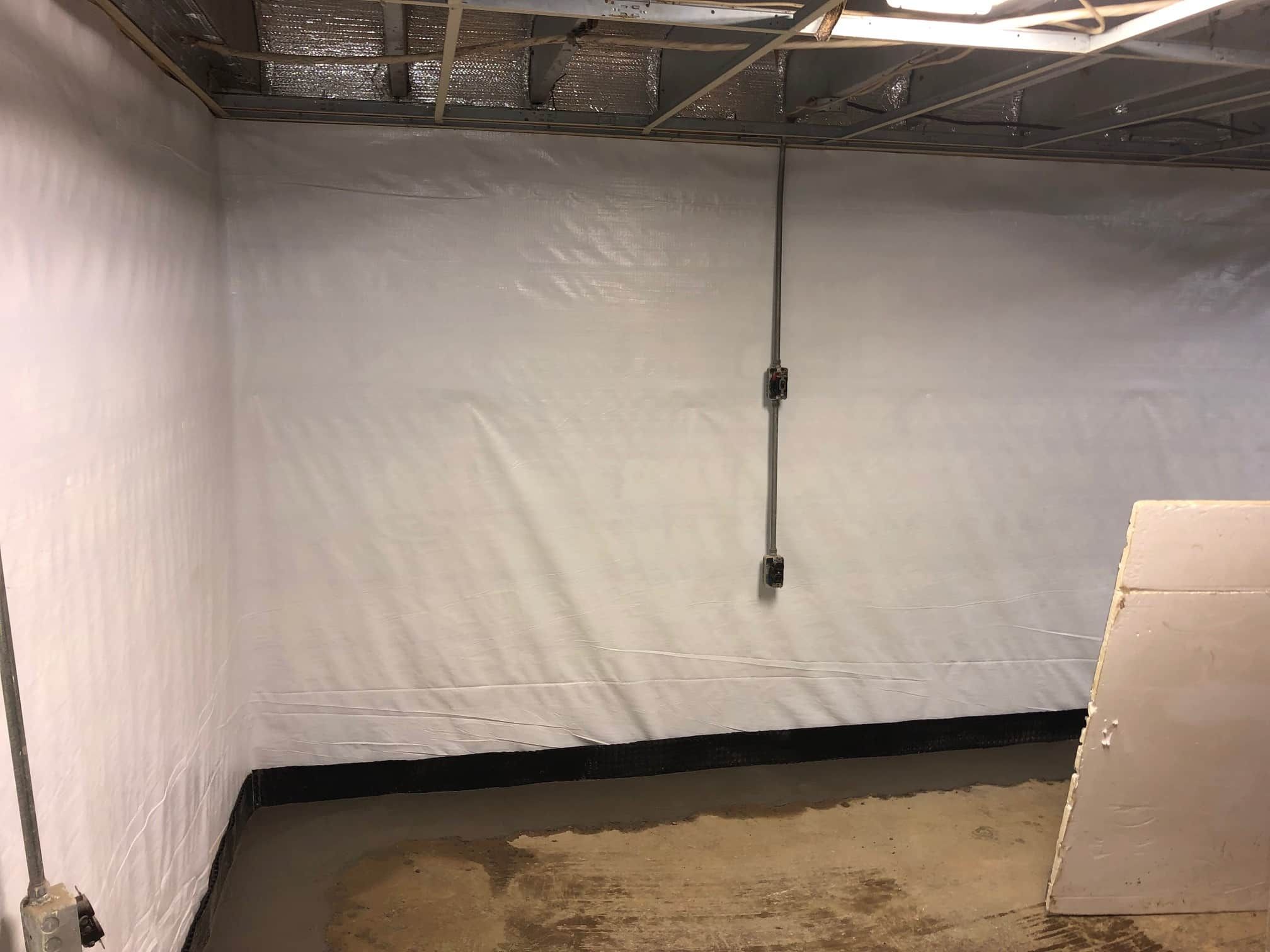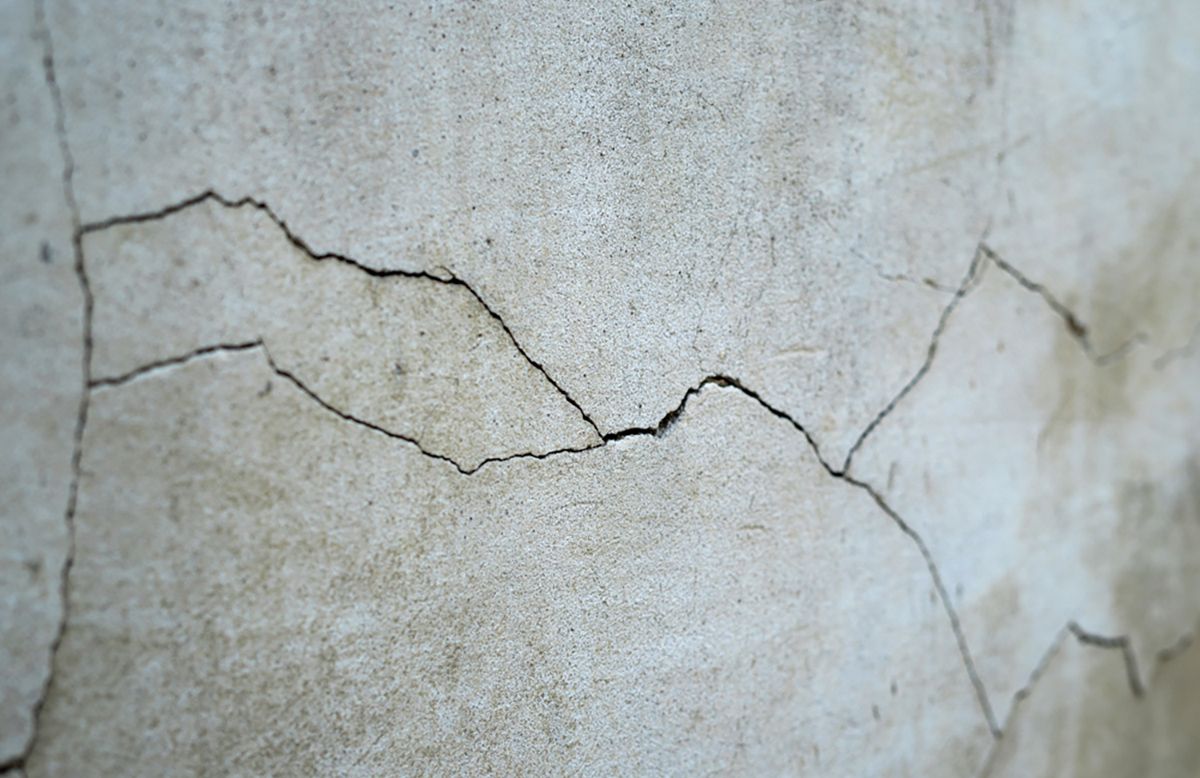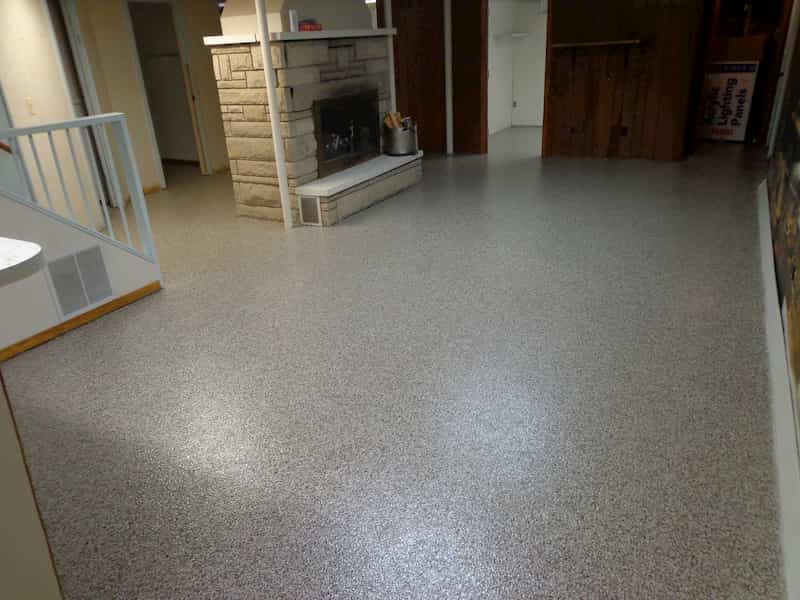Don’t Bow to Basement Pressure: How to Fix Bowed Walls
If you have a basement, it is important to be aware of the dangers of bowed walls and understand how to detect, diagnose, and repair them. Additionally, there are several tips to help prevent bowed walls and maintain the long-term health of your basement. In this guide, we will discuss understanding bowed wall danger, detecting and diagnosing bowed wall issues, bowed wall repair options and, finally, preventing bowed walls.
Understanding the Dangers of Bowed Walls in Your Basement
Bowed walls in your basement can be a major safety hazard in your home. Bowing is when the walls of your basement push outward due to water pushed up through the soil from the outside of the house. This pressure can cause the foundation walls of your home to crack and weaken. If left unchecked, bowed walls can lead to structural failures that compromise the safety of the entire building.
However, there are several steps homeowners can take to identify and address bowing walls. Quality inspections conducted by a professional can detect if there are any bowed walls in your basement. Visual inspection of the walls should also be done, looking for diagonal cracks that might indicate signs of bowing.
There are several solutions that can be implemented to correct the problem. One solution is to have the wall reinforced with additional wall anchors or braces. This will be done by drilling into the wall and then anchoring the wall to a steel beam for extra stabilization. In addition, basement drainage systems can also help to reduce water pressure and the potential for bowed walls. However, because of the complexity of the problem, it is important to seek professional help if you suspect you have bowed walls.
Understanding the dangers of bowed walls in your basement is crucial for the safety of your home. It is important to perform regular inspections to detect signs of bowing, as well as to install the necessary drainage systems to reduce water pressure. Being aware of the signs and solutions for bowed walls can help to protect your home from major structural problems in the future.
Detecting and Diagnosing Bowed Wall Issues
Detecting and diagnosing bowed wall issues can be a challenge for experienced professionals, as cracks, stress, bowing, and other signs of foundation issues can be too subtle for the untrained eye. Therefore, one should hire a structural engineer or foundation repair specialist in order to assess the condition of their foundation accurately. To begin diagnosing a bowed wall issue, the engineer will typically review the exterior of the home to identify any signs of bowing as well as potential drainage issues. A complete interior and exterior visual inspection of the basement walls and foundation will be conducted.
The visual inspection presents a broad overview of the materials and techniques used in the wall construction, and if irregularities are present or visible, an experienced contractor may need to further investigate the damaged walls. This may involve removing the auxiliary materials surrounding the wall or assessing the integrity of the mortar or concrete within any wall crack or space. This is often done with a mortar’s condensation test. In addition, the contractor may run a special test in order to detect the depth and length of the wall cracks or other issues.
A structural engineer may recommend that a series of tests be undertaken on the home’s foundation. This could include a subsurface exploration, drilling and sampling of the soil, plate load tests, and other specialized foundational tests. All of this information will be used by the engineer to compose an assessment that will provide an estimate of the condition of the construction and foundation, as well as the scope of any repairs that may need to be made.
It is important to consult a structural engineer to accurately diagnose bowed wall issues. With a combination of the right tools and expertise, they can provide an accurate assessment of any foundation problem and prescribe the best course of action.
Bowed Wall Repair Options: Which One Suits Your Needs?
Bowed wall repair options can range from simple DIY techniques to more complex, long-term solutions. However, before undertaking such a project, it’s important to make sure that you’ve chosen the right solution. After all, the wrong solution can result in further structural damage to your home or business building. In addition, incorrectly installed repair options can cause costly foundation issues in the future. Therefore, it’s important to weigh the options and consider your budget and the amount of structural damage to address.
One option for repairing bowed walls is stapling or anchoring the basement wall. This is a relatively inexpensive method of repair and is often used to prevent water damage to the wall. Additionally, this technique doesn’t require too much work and can often be carried out without the assistance of a professional. This method of repair is often only a temporary solution and may need to be supplemented with other techniques to ensure that the wall is structurally sound.
Another option is to use wall anchors. Wall anchors consist of steel plates and installation rods that can be used to push the wall back into its original position. Wall anchors can also resist future inward movement caused by hydrostatic pressure. A professional must be consulted before installation to make sure the correct number of wall anchors are used for the job.
Lastly, steel I-beams or braces may also be used for bowed walls. I-beams and braces must be properly installed by an experienced professional. Furthermore, these solutions are best suited for larger wall and foundation cracks. Steel I-beams provide a very sturdy and effective out-of-plane corrective brace that reinforces the bowed wall and give it a greater degree of structural integrity over the long-term.
The type of bowed wall repair option chosen will depend on the degree of structural damage and the size of the bowed wall. If the wall is cracked but still structurally sound, stapling or anchoring may suffice. However, if significant structural damage is present, steel I-beams or braces may provide a more reliable and long-term solution.
Preventing Bowed Walls: Tips for Long-Term Basement Health
Bowed walls are a serious structural issue that can occur in basements and can be extremely costly to repair. Fortunately, there are certain preventative measures that can be taken to ensure long-term basement health and stability. In addition to avoiding common sources of bowed walls, such as water intrusion, certain methods of strengthening and stabilizing basement walls can be deployed to help ensure maximum structural integrity.
Paying attention to the environment within the basement is also important in preventing bowing walls. For instance, controlling humidity levels and dehumidifying the area can help reduce the chances of bowed walls occurring in the future. Similarly, good ventilation helps to control the levels of moisture in the air and keep the environment dry, while regulating the temperature of the basement can also help reduce the instance of water damage and bowed walls.
The use of physical stabilizers, such as carbon fiber straps or steel plates to reinforce the existing wall structure, can help to distribute pressure more evenly and reduce the amount of bowing. Such systems are relatively easy to install and can be cost-effective solutions to strengthen bowing walls and prevent further damage. Similarly, waterproofing systems, such as sump pumps and interior membrane systems, can help to protect basement walls from damage due to water ingress.
However, an important preventative measure in preventing bowing walls is regular maintenance and inspection of basement walls. This helps to identify any issues early on, allowing homeowners to take action before the problem gets worse. In some cases, minor repairs, such as the injection of specialized resins into the wall voids, may be necessary to repair any cracks or damage that has already occurred.
While there are several effective ways of preventing bowing walls, regular maintenance, dehumidification, and the use of strengthening and stabilizing systems are some of the most effective options in the long-term. By taking action early, homeowners can reduce the chances of future bowing walls and damage to structural integrity.
Final Thoughts
Understanding the dangers of bowed walls in a basement, detecting and diagnosing bowed wall issues, and exploring various bowed wall repair options are all vital components to effective basement health and safety. It is important to recognize the common symptoms of bowed walls and the potential long-term repercussions if left untreated. Bowing walls can indicate soil fatigue, weakened foundations or masonry, and cracks or separations in the wall. Common bowed wall repair options include helical piering, stabilization beams, carbon fiber reinforcements, wall anchors, and shotcrete retaining walls. Prevention tips to ensure long-term basement health include gutter installation and maintenance, proper grading around the foundation, and managing exposed soil with a waterproofing membrane. Ultimately, by understanding the dangers of bowed walls and exploring various bowed wall repair options and prevention tips, homeowners can have peace of mind knowing they are living and working in a secure environment.
Frequently Asked Questions
What are the risks associated with bowed walls in a basement?
The main risk associated with bowed walls in a basement is the potential for structural failure. If the walls are not supported properly, they can collapse, putting anyone in the basement in danger. Other risks include foundation settlement (leading to possible cracks in the basement walls, floors, or ceilings), mold and mildew growth, and water seepage or flooding.
How can I identify and assess the extent of bowing in my basement walls?
1. First, you will need to visually inspect the walls of your basement to identify any cracking, bulging, leaning, or other visible signs of bowing.
2. Next, you should measure the walls at various points to assess the extent of the bowing. Look for differential measurements which would indicate a “shift” or are out of alignment with the wall on either side.
3. You can also perform a pressure test to measure the hydrostatic pressure on the walls. If the test indicates that the pressure is greater than the capacity of the walls, further investigation and repairs may be needed.
4. Lastly, a qualified professional should be consulted to assess and diagnose the source of the bowing. They can advise you on the best plan of action for repairs.
What repair methods are available for fixing bowed walls and how do they work?
There are a few different methods of repair for bowed walls, depending on the severity of the problem.
For lesser degrees of bowing, wall anchors and angle-bracing can be used to support the wall and redirect pressure from the bowing wall to a better-supported wall or structure. Wall anchors are installed by drilling holes in the bowing wall, inserting anchor plates behind the wall and attaching them to the stronger wall or structure with threaded rod. Angle bracing is done by fastening horizontal steel braces to the wall at different levels.
For more severe degrees of bowing, carbon fiber and steel reinforcing straps can be installed. Both use long and narrow straps of either material which are glued to the wall and fastened by screws into the stronger wall to provide additional stability.
Finally, for the most severe cases of bowing, structural wall repairs will be necessary. Structural wall repairs may include reinforcement of the wall from the inside and/or outside, replacing connecting framing elements, and using steel structural beams to provide additional support.
What steps can I take to prevent future bowing of basement walls?
1. Make sure the gutters and downspouts are properly positioned and cleaned out regularly to prevent pooling water around the basement walls.
2. Install an interior drainage system to reduce water pressure on the basement walls.
3. Make sure the soil around your foundation is graded away from the walls to allow water to run off.
4. Check your yard and landscaping for areas that may be causing too much water to collect around the basement walls.
5. Install a sump pump and check it regularly to make sure it is in proper working condition.
6. Seal any cracks or openings in your basement walls.
7. Make sure your basement is properly insulated, especially around the walls.





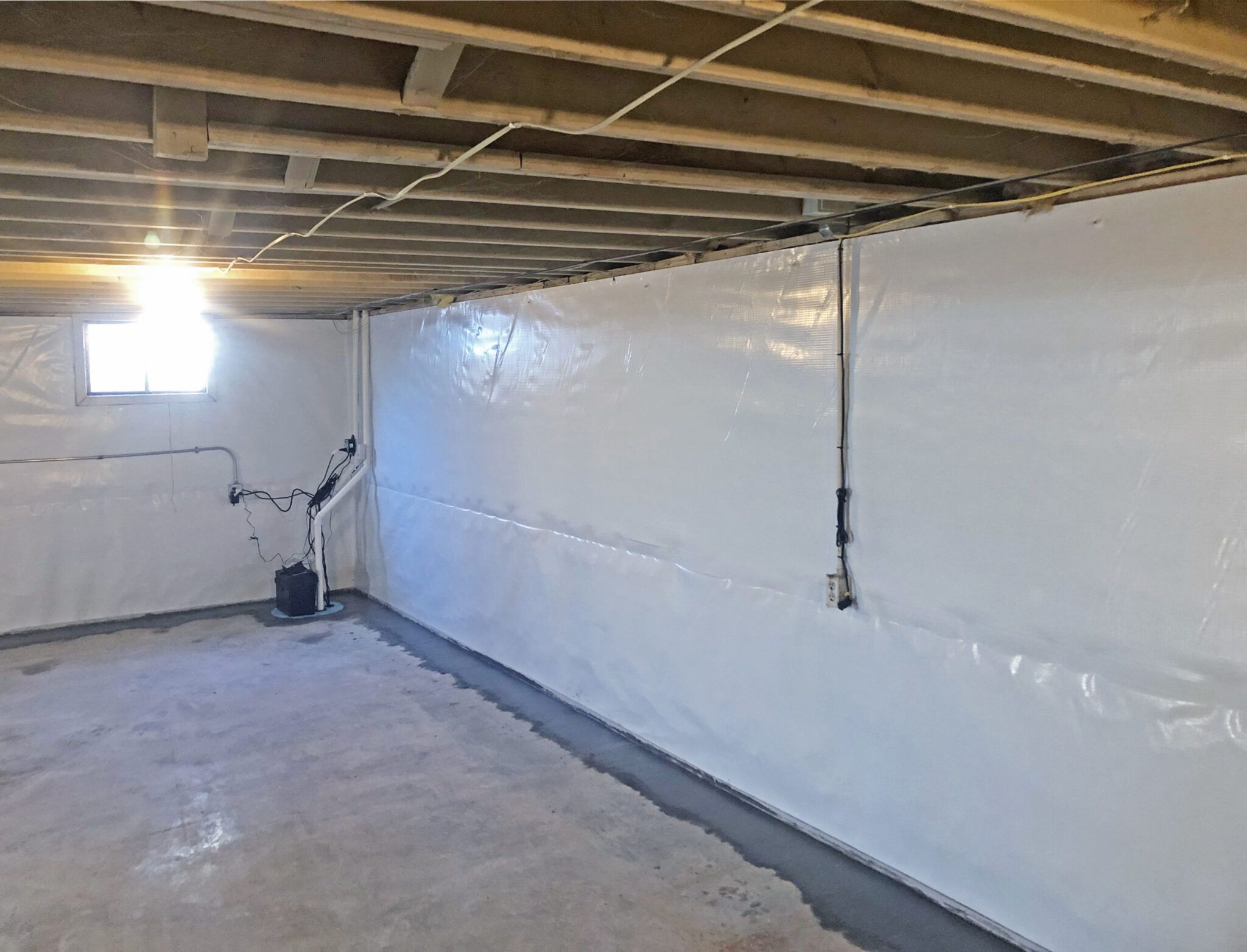
 time can help prevent damage from affecting the entire home.
time can help prevent damage from affecting the entire home. market value if you’re lucky enough to close a deal in the first place.
market value if you’re lucky enough to close a deal in the first place.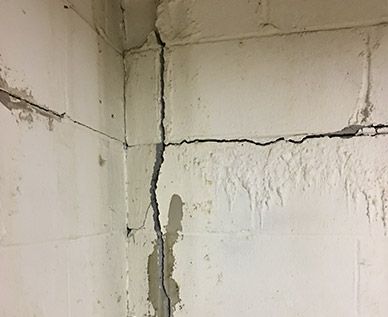
 will make in your life. If damage to the foundation could potentially mean the loss of your investment, you will want to know what can be done to stop it.
will make in your life. If damage to the foundation could potentially mean the loss of your investment, you will want to know what can be done to stop it. expensive to repair. Some issues you can expect when you ignore basement wall cracks include:
expensive to repair. Some issues you can expect when you ignore basement wall cracks include: